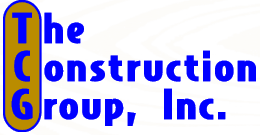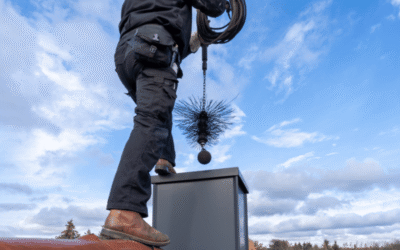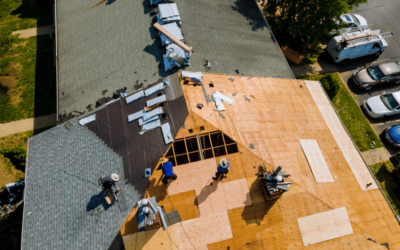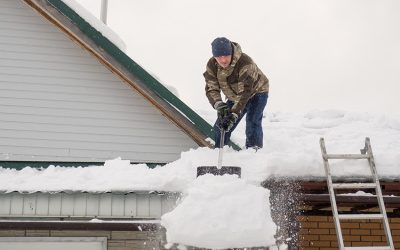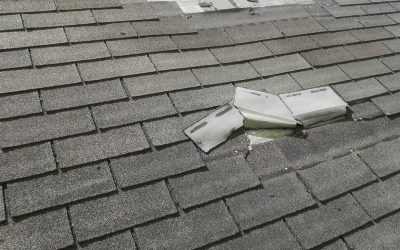Blog
Protect Your Home with a Spring Chimney Check: Essential Maintenance for Minnesota Homeowners
Minnesota homeowners are no strangers to unpredictable weather, especially during the transition from spring to summer. Sudden storms, heavy rain, and fluctuating temperatures can challenge even the most well-maintained homes. While many people focus on their roofs...
Roof and Siding Warnings Minneapolis Homeowners Shouldn’t Ignore
Protect Your Home Before the Storms HitLiving in Minneapolis means your home faces some of the harshest weather conditions in the country—icy winters, spring rains, and hail-heavy summers. Your roof and siding aren’t just cosmetic—they’re critical to your home’s...
Top 7 Signs You Need a Roof Replacement – Essential Guide for Roseville MN Homeowners
Spring is here, and after another long Minnesota winter, your roof might be showing signs of stress. For homeowners in Roseville, Brooklyn Park, and Golden Valley, recognizing early signs of roof damage can help you avoid costly repairs—or worse, unexpected leaks and...
Understanding Roof Depreciation and How It Impacts Your Insurance Claim
Would you believe it if I told you that after twenty years your asphalt roof depreciation could be 40%? The roofs of our homes always seem so stable, keeping the rain and the snow off our heads. But how often do we consider how easily such seemingly stable fixtures...
Winter Roof Maintenance Tips for Homeowners
Winter in Minnesota brings picturesque snow-covered landscapes, cozy evenings by the fire, and the challenge of maintaining your home—especially your roof. As the first line of defense against the elements, your roof endures harsh weather conditions, from heavy snow...
Siding Replacement: Signs It’s Time for an Upgrade
When you think of making improvements to your home, first thoughts tend to go toward a new bathroom, a fresh paint job over your two-year-old’s artwork on the walls, or a shiny high-tech kitchen appliance. But you would never guess that making improvements to your...
Common Winter Storm Damage Myths in Minnesota Debunked
Minnesota winters are notoriously brutal. But Minnesotans are also pros at not just surviving but thriving during the long, bitterly cold and snowy winters. “It’s not that cold, just wear a hat!” is often offered as advice from Minnesotans accustomed to layering...
Common Winter Storm Damage Myths in Minnesota Debunked
Minnesota winters are notoriously brutal. But Minnesotans are also pros at not just surviving but thriving during the long, bitterly cold and snowy winters. “It’s not that cold, just wear a hat!” is often offered as advice from Minnesotans accustomed to layering...
Waterproofing Your Masonry Before the Freeze: Why You Need a Pro
From brick to concrete to stone, the building materials we use might appear sturdy enough to last the test of centuries. The statues and architecture of ancient Greece and Rome have withstood centuries, why can’t our modern homes hold up? The truth is our Minnesota...
